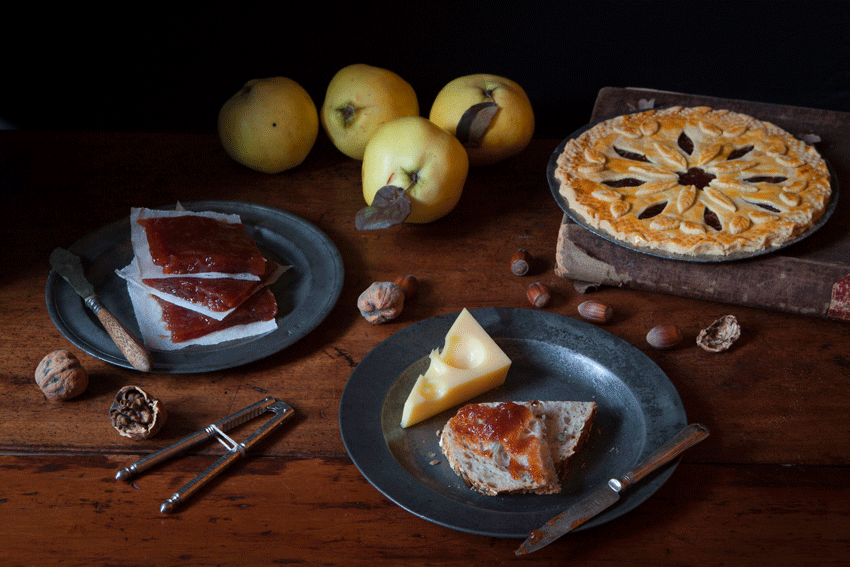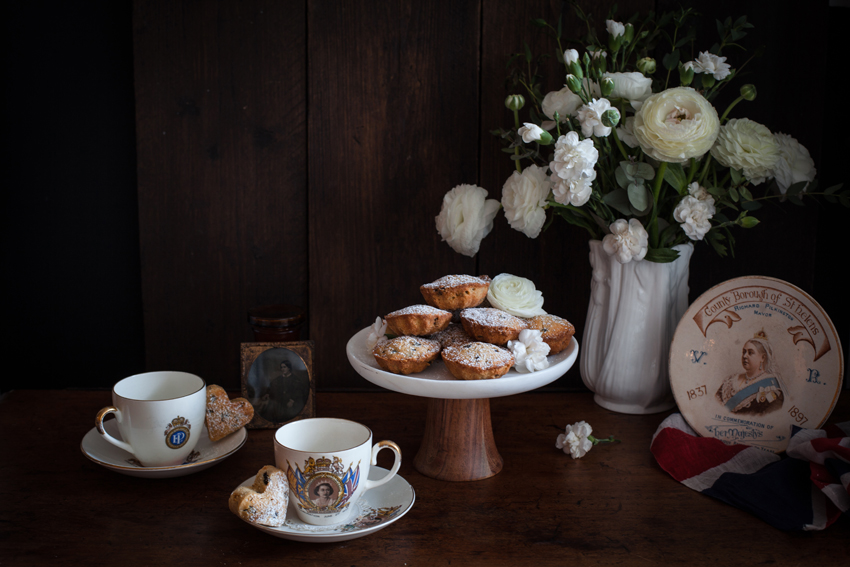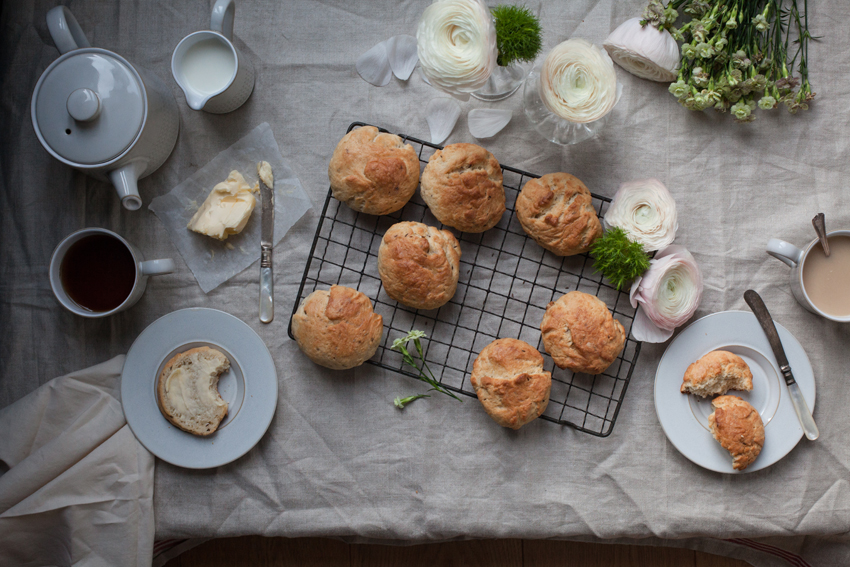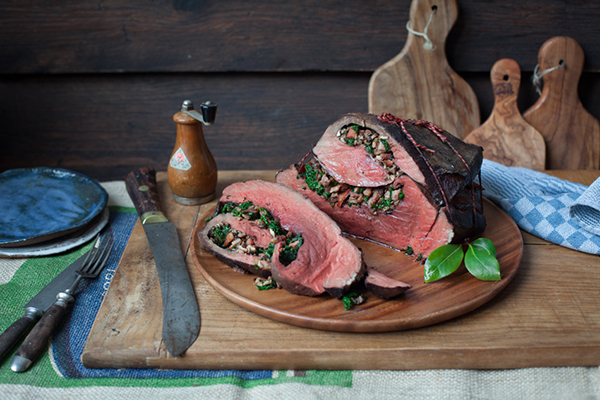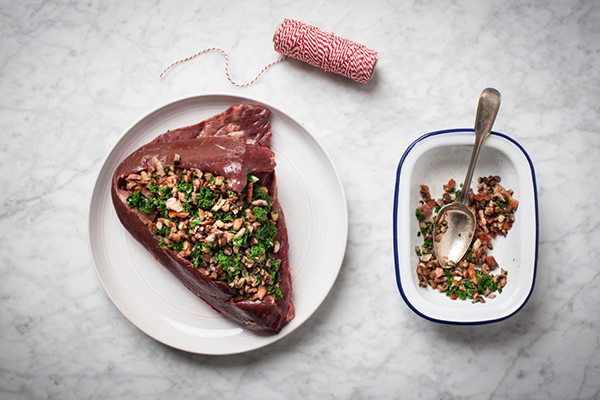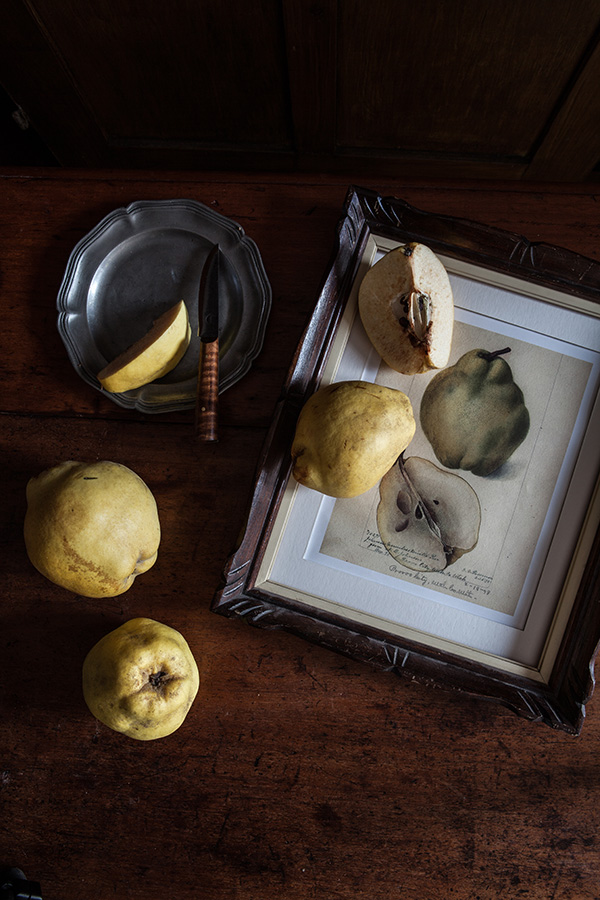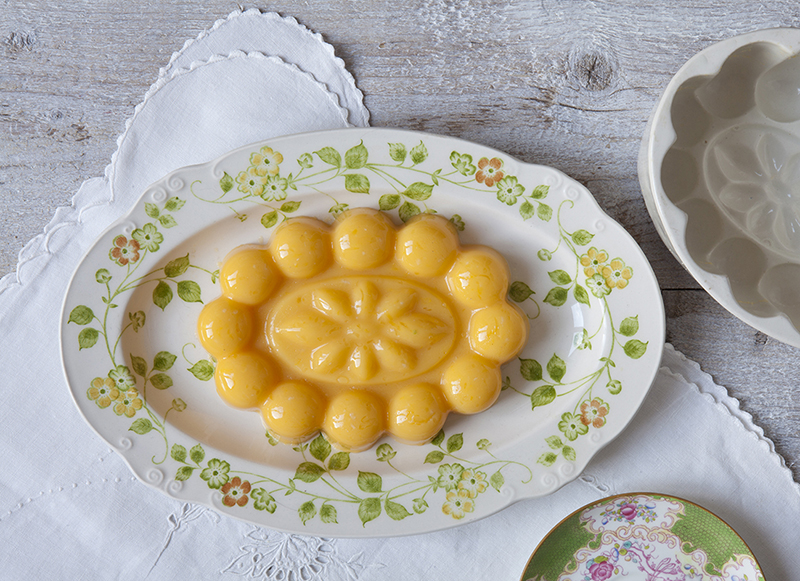 Jaune Mange jelly is the yellow sister to the ancient delicacy called Blanc Mange which means ‘white food’. It is one of the most international early dishes of European cuisine. From the Middle Ages onwards the name of this dish in its various forms – blanc mange, blanc manger, blamange, manjar branco, biancomangiare – can be found in most European cookery books.
Jaune Mange jelly is the yellow sister to the ancient delicacy called Blanc Mange which means ‘white food’. It is one of the most international early dishes of European cuisine. From the Middle Ages onwards the name of this dish in its various forms – blanc mange, blanc manger, blamange, manjar branco, biancomangiare – can be found in most European cookery books.
It is believed by many food historians that the earliest recipe for blancmange dates back to the twelfth century. Two recipes for blancmange also feature in the earliest English cookery text, The Forme of Cury from C1390. By 1395, two recipes for blancmange can be found in the Viandier manuscripts, the first French cookbook: one is a dish for the sick, the other is a multicoloured dish, which is at odds with the name’s literal meaning.
This recipe uses seville orange juice, while others recommend lemon and lemon peel for flavour and colour. Later recipes by J.H. Walsh in The British Cookery Book (1864) instruct the cook to use sherry or ‘raisin-wine’. Because the eggs give this jaune mange a set already, you don’t need to use as much gelatine as you would for a blancmange.`…

